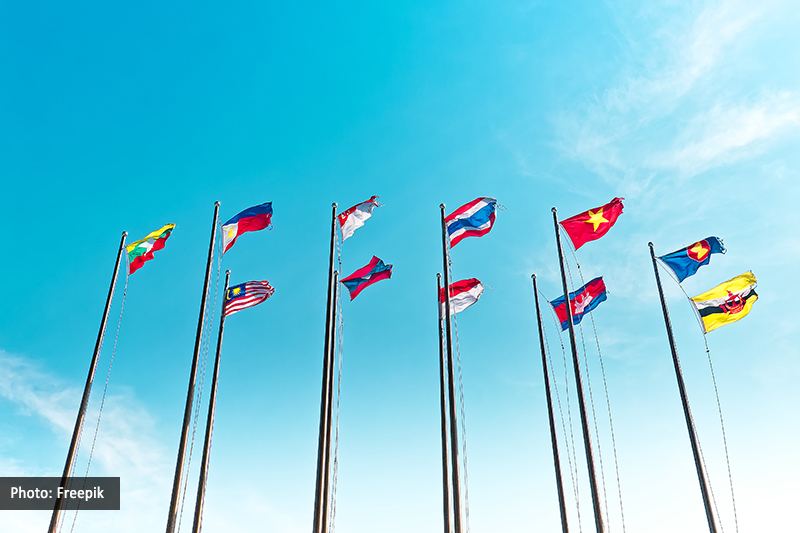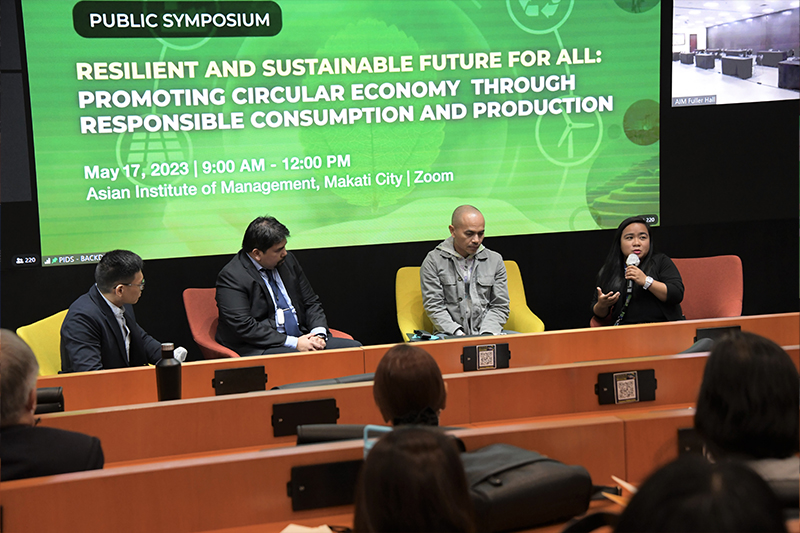THE country’s external trade performance may continue to be lackluster and may already be the new normal for the Philippines given the “unilateral” decisions made by its two biggest trade partners—China and the United States.
On Tuesday, the Philippine Statistics Authority (PSA) reported that exports contracted 6.3 percent while imports declined 14.7 percent in September 2023.
The country’s export performance was the lowest since April 2023 when exports contracted 20.2 percent, while imports marked a fourth month of consecutive double-digit contraction this year.
“It could be the new normal,” Ateneo de Manila University John Gokongwei School of Management Dean Luis F. Dumlao told BusinessMirror on the sidelines of the Philippine Economic Society (PES) Annual Meeting and Conference.
“Unfortunately, China and the United States are making unilateral moves that started [during] the trade wars in 2018. It got worse during the pandemic. Had there been no global trade war, trade would have been higher than what it is right now,” Dumlao also said.
Dumlao said the Philippines is caught in the middle of the global value chain. As such, the country’s external trade performance becomes susceptible to slowdowns on both sides—imports and exports.
He explained that products consumed in the US or China do not travel directly. These products have stopovers, depending on the phase or stage in a product’s manufacturing process.
The decision of where China or the US will assemble products now depends not only on the competitive advantage of a country but also whether that country is a friend or not to China and the US.
Dumlao said given this, the country could benefit from “friendshoring,” but efforts need to be exerted in order to maximize the opportunities in forging ties with nations who practice friendshoring.
“It’s everywhere. Even Europe is joining the game,” Dumlao said. “In a sense, it’s also an opportunity for us, [it can] ensure that we [have an] advantage [given] that we are their friends. Partly, we have been able to take advantage of that,” Dumlao said.
Global weakness
Meanwhile, the lackluster performance of the country’s external trade is rooted in the weakness of the global economy, according to Philippine Institute for Development Studies (PIDS) Senior Research Fellow Roehlano Briones.
Briones said the Philippines is not the only one suffering from low export earnings and import receipts. This can be seen in the region in varying degrees, but following “a similar direction.”
The PIDS Senior Fellow said the weakness of the global economy stemmed from the lockdowns caused by the pandemic as well as the uncertainties brought by the “eruption of conflicts” such as the Russia-Ukraine and Israel-Hamas wars.
“These are all casting a pall of uncertainty and it’s affecting our economic prospects, investments, outlook, and so on,” Briones told BusinessMirror on the sidelines of the PES conference on Tuesday.
Another reason for the lackluster performance could also be seasonality. Briones said it is possible that some businesses were able to adjust the dates of their shipments such that they have become “anticipatory” of the demand for certain goods.
“They don’t want to be scrambling for stocks. I think they did a lot of their purchases ahead of the season. So maybe that seasonality factor is no longer an important [a] factor as before,” Briones said.
These are just some of the global developments that have affected the country’s trade performance in September. Unfortunately, there is no way of knowing until when this slump is going to last, he added.
Briones said given these uncertainties, many institutions have downgraded their growth forecasts for the Philippines. Compounding this is the fact that the country was the worst affected by the pandemic due to the lockdown.
Given this, he said, it is possible that the poor performance of the country’s external trade would continue in the next few months. The only question is until when.
“I don’t really see an end to conflicts very soon,” Briones said. “How long would it take? Well, if I knew that, I would be rich.”
September external trade
In September 2023, the country’s total external trade in goods amounted to $16.97 billion, which indicates an annual decline of 11.6 percent from the $19.19-billion total external trade in the same period of the previous year.
In August 2023, total external trade in goods registered an annual decrease of 7.1 percent, while an annual increase of 11.7 percent was registered in September 2022.
“Of the total external trade in September 2023, 60.3 percent were imported goods, while the remaining were exported goods,” PSA said.
The balance of trade in goods (BoT-G) is the difference between the value of exports and imports.
The BoT-G in September 2023 amounted to USD -3.51 billion, indicating a trade deficit with an annual decrease of 27.3 percent.
In August 2023, the trade deficit recorded an annual decline of 31.4 percent, while an annual growth of 26.8 percent was posted in September 2022.
The PSA said year-to-date annual total export earnings—that is, from January to September 2023—amounted to $54.54 billion.
This represented an annual decrease of 6.6 percent from the year-to-date annual total export value of $58.37 billion in January to September 2022.
The year-to-date annual total import value, that is, from January to September 2023, amounted to $94.36 billion.
This represents an annual decrease of 10.2 percent from the total import value of $105.06 billion in January to September 2022.
By major trading partner, exports to the United States of America (USA) comprised the highest export value amounting to $1.06 billion or a share of 15.8 percent to the country’s total exports in September 2023.
People’s Republic of China was the country’s largest supplier of imported goods valued at $2.63 billion or 25.6 percent of the country’s total imports in September 2023.












